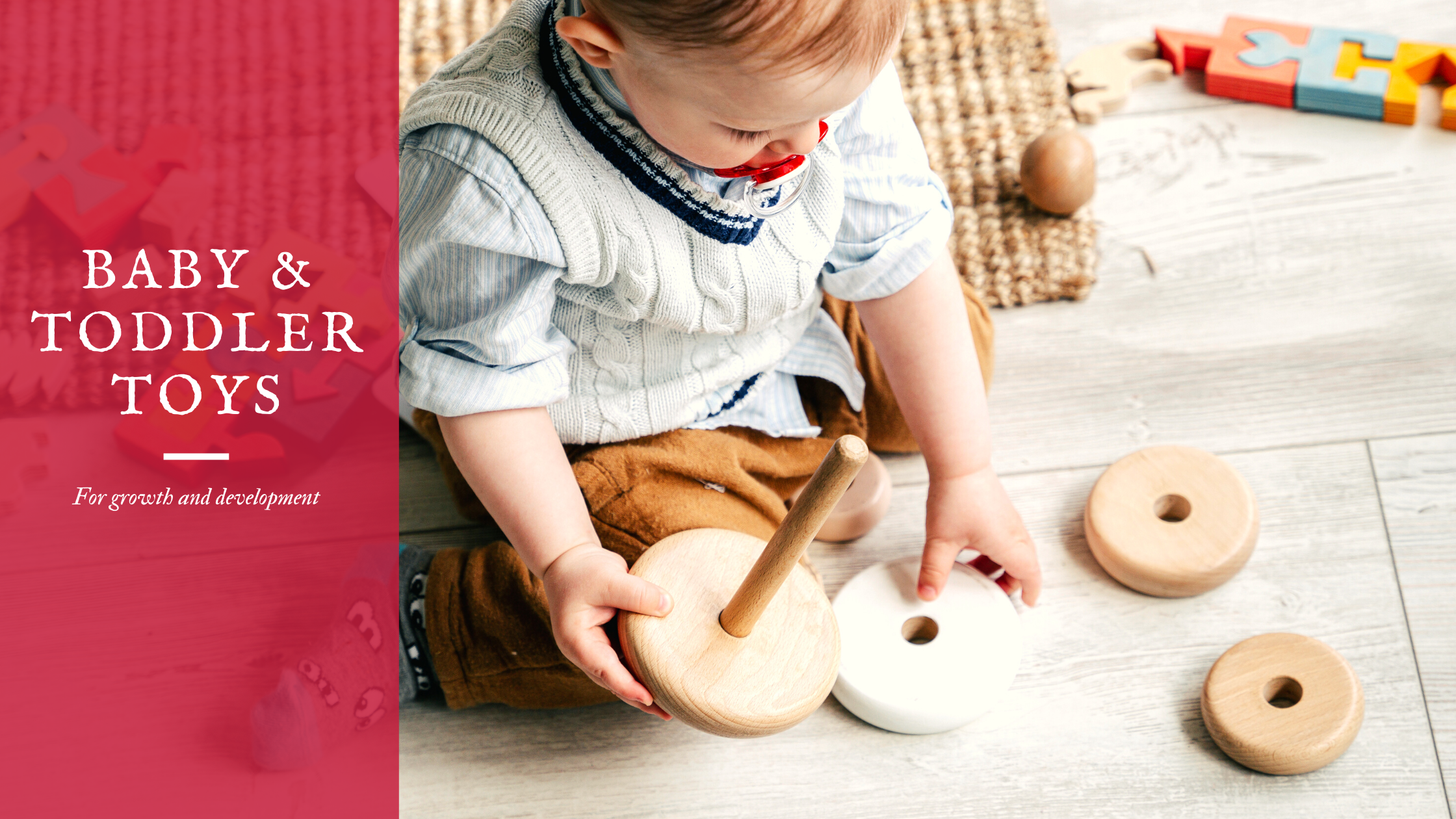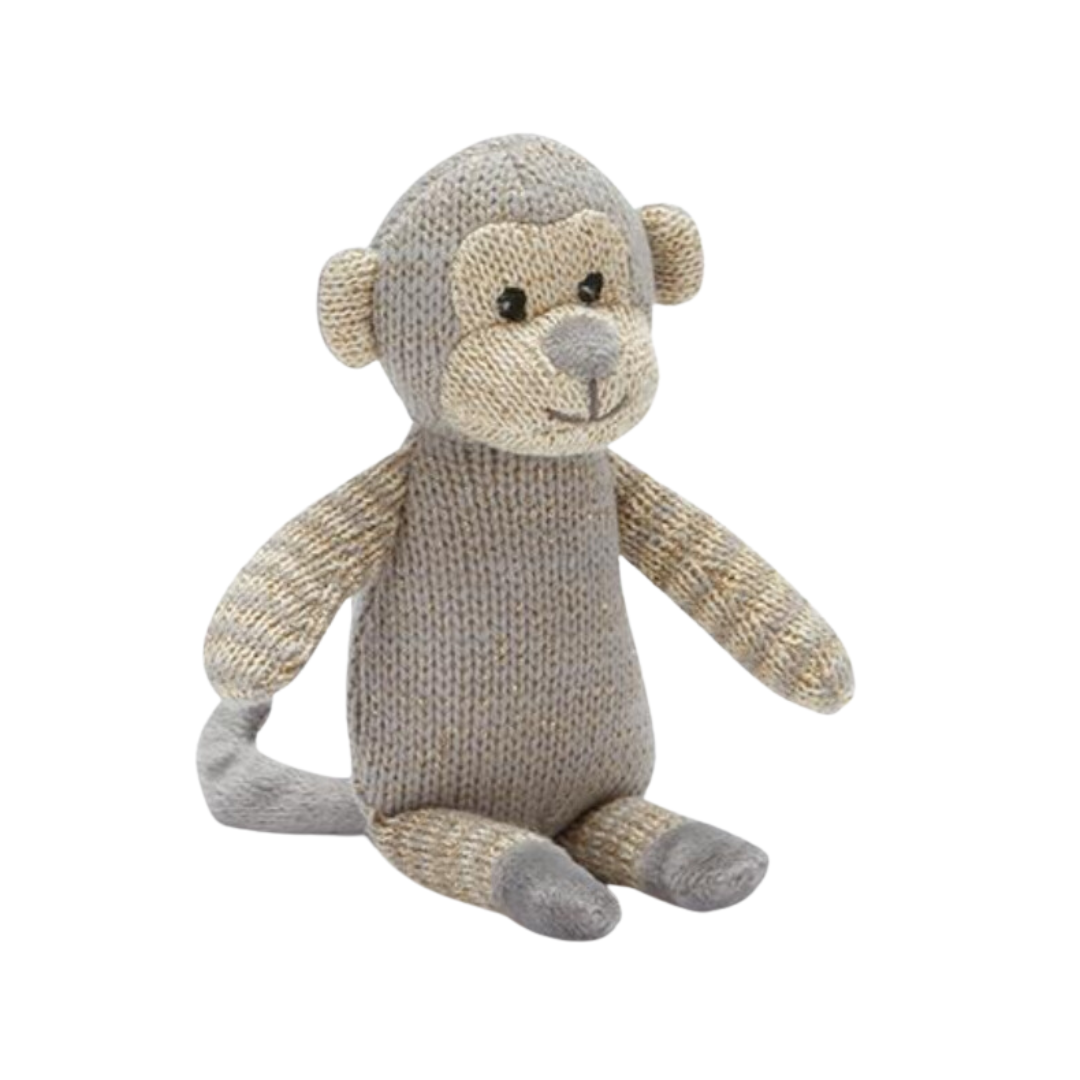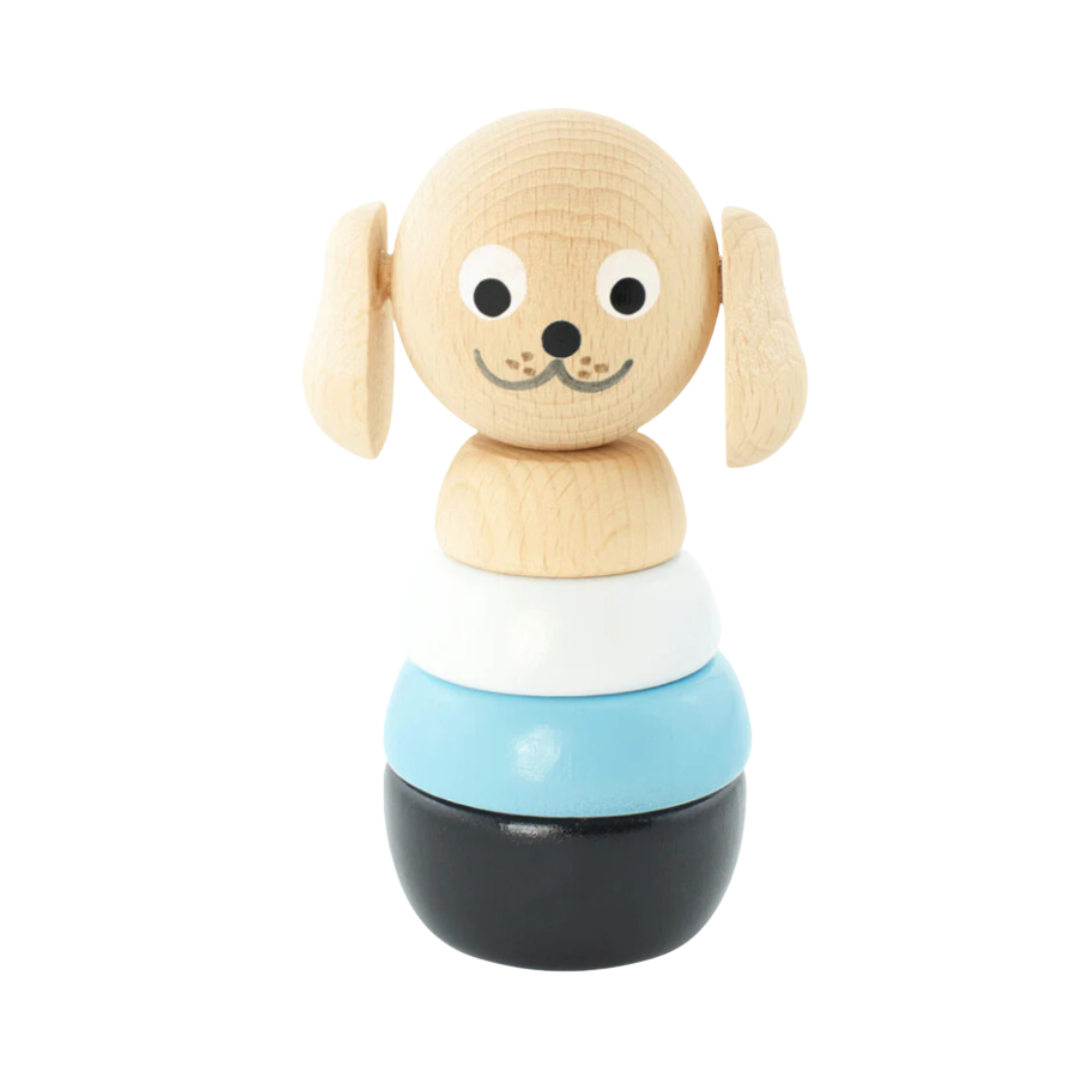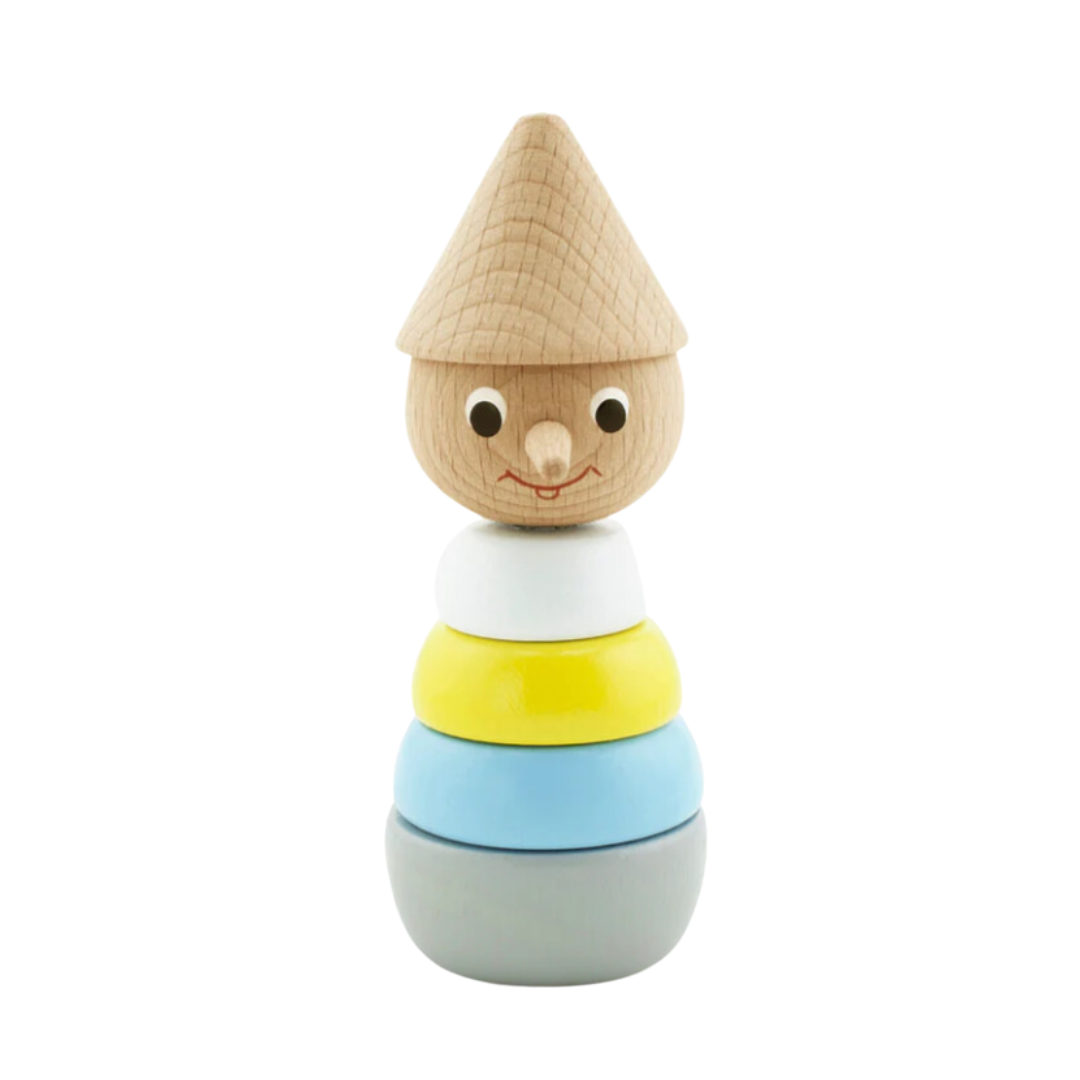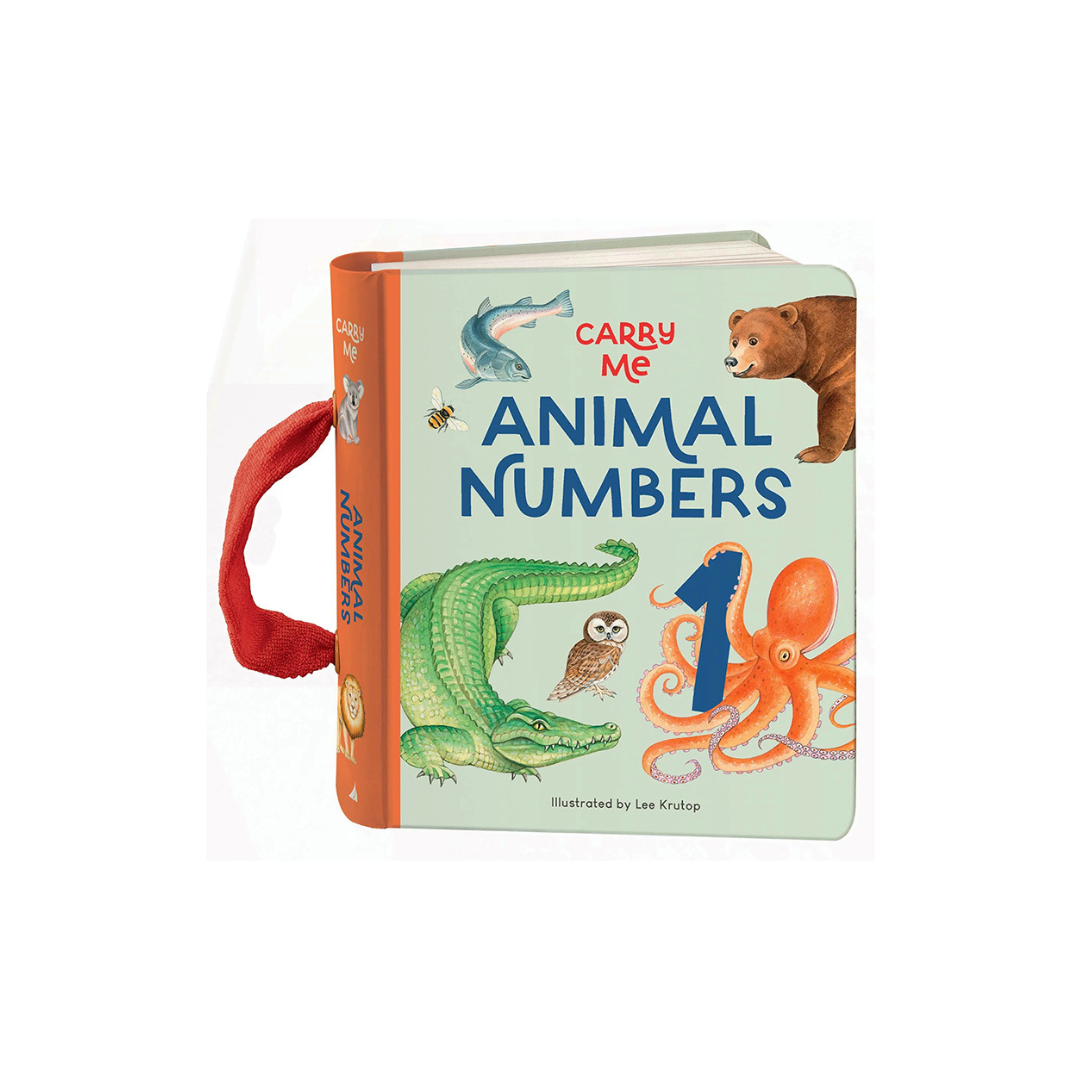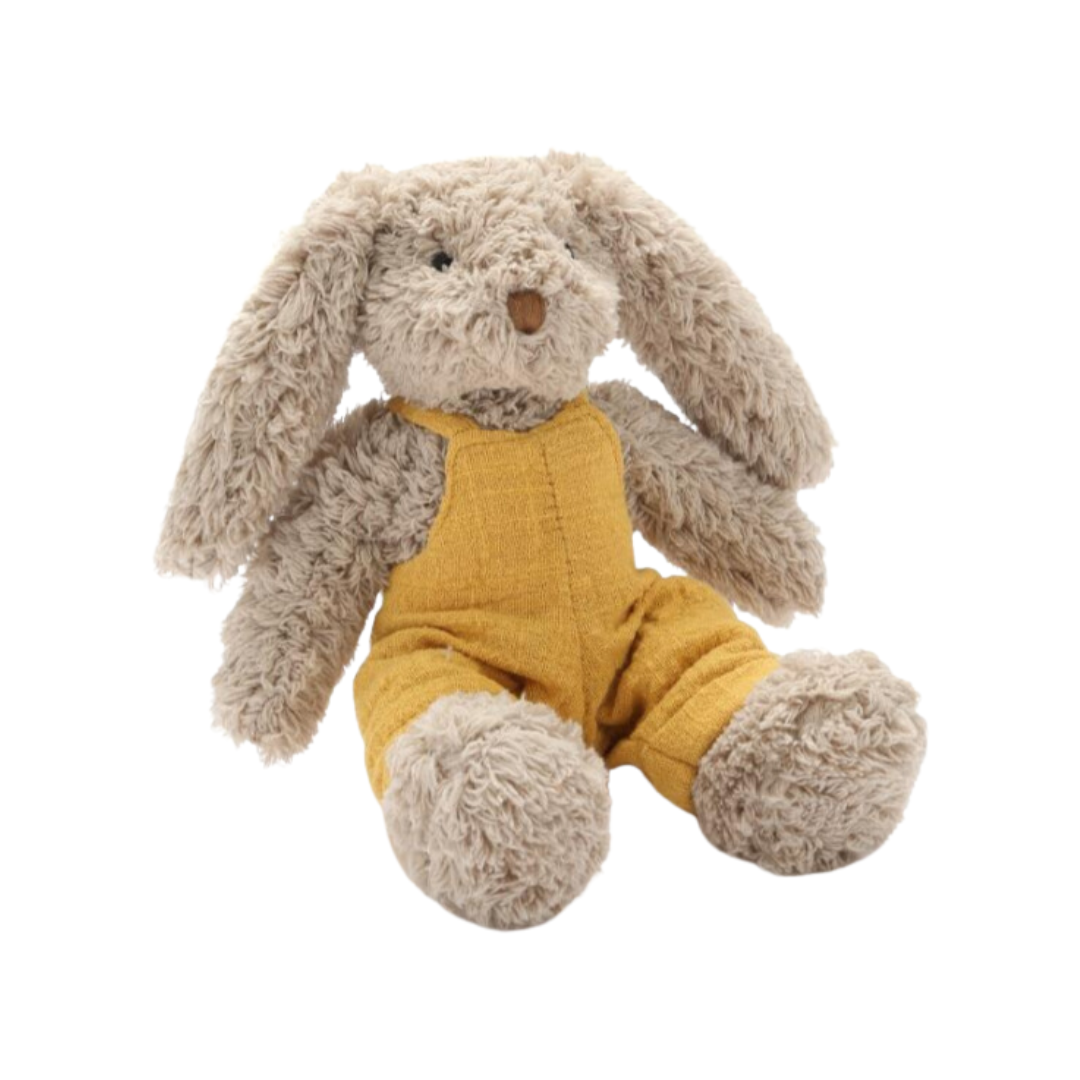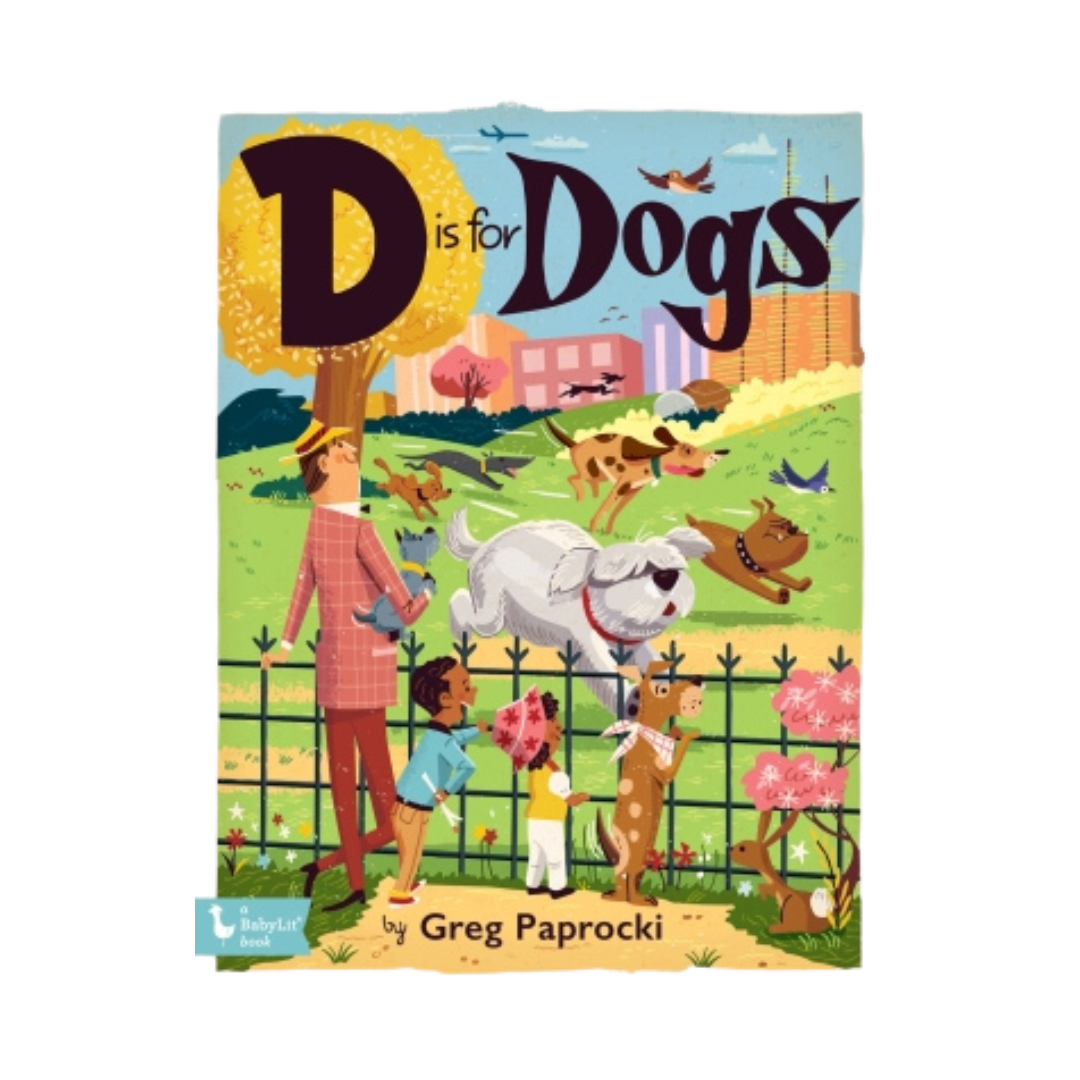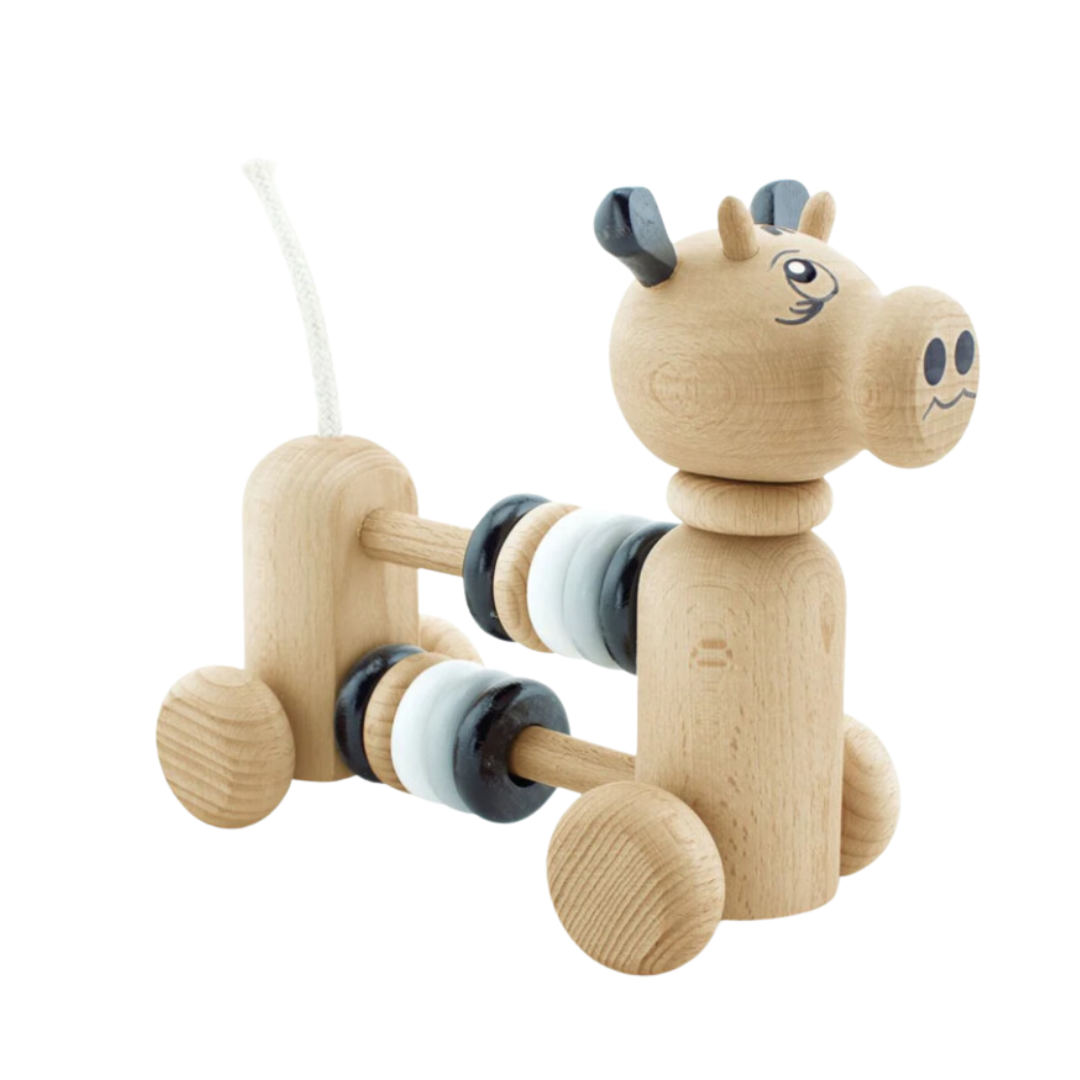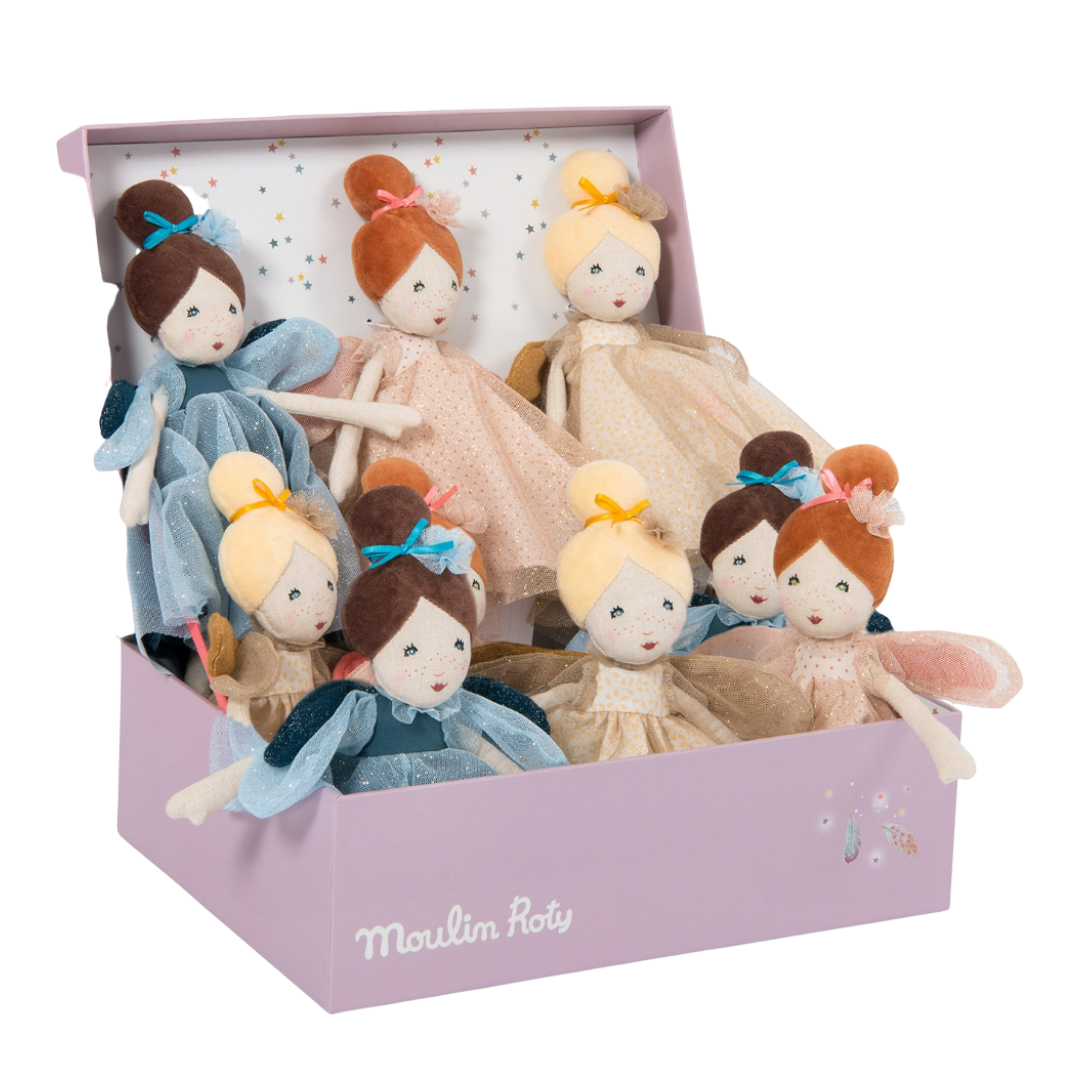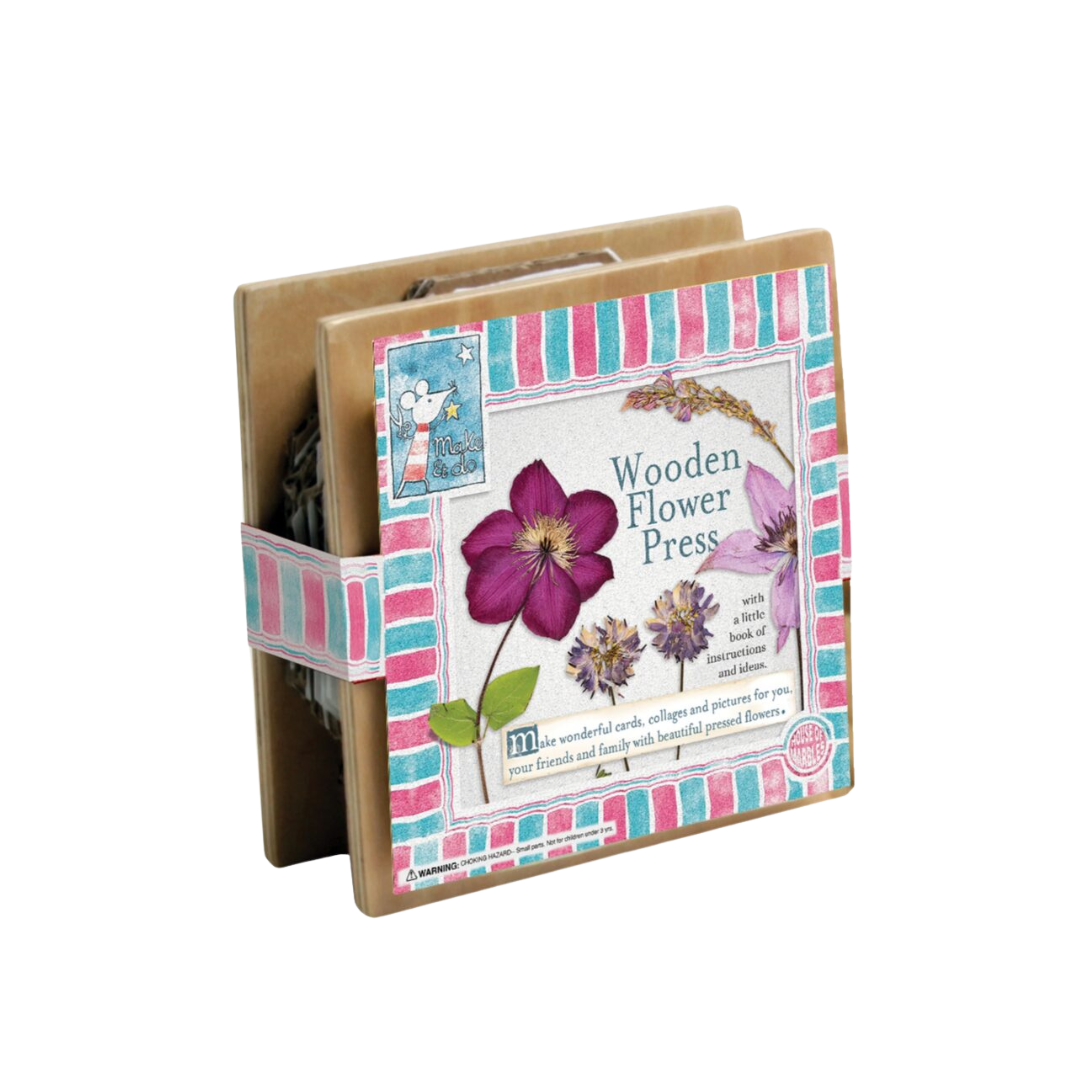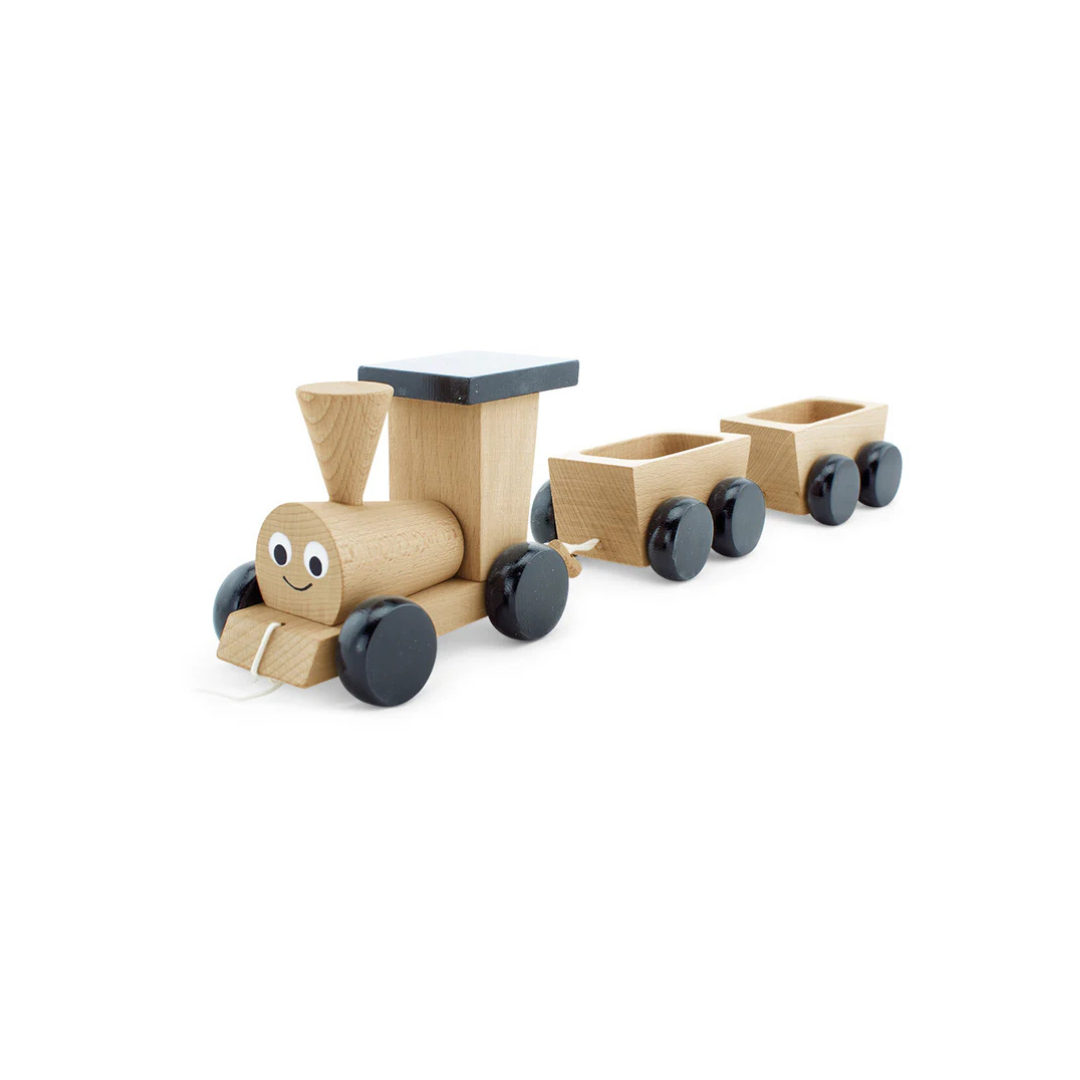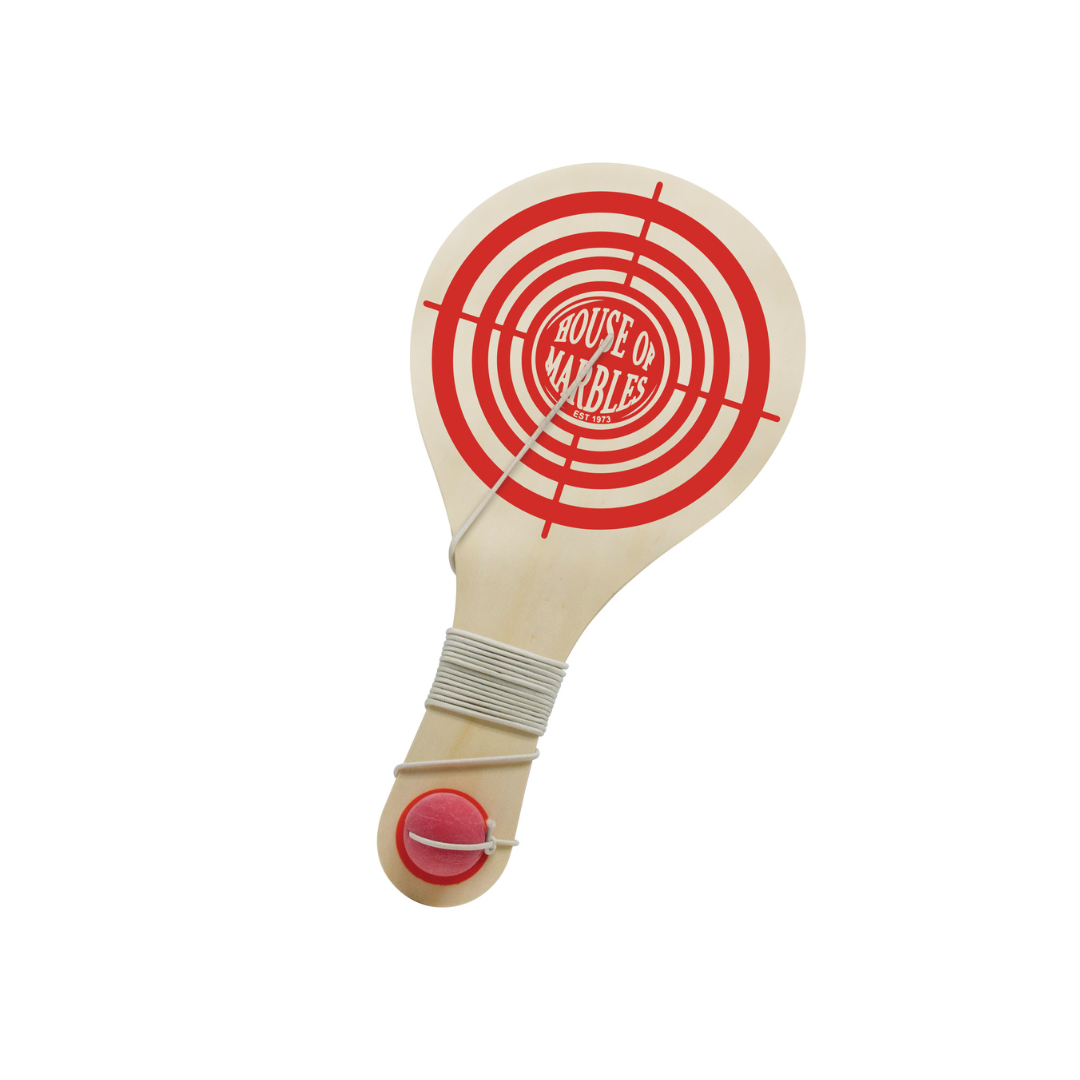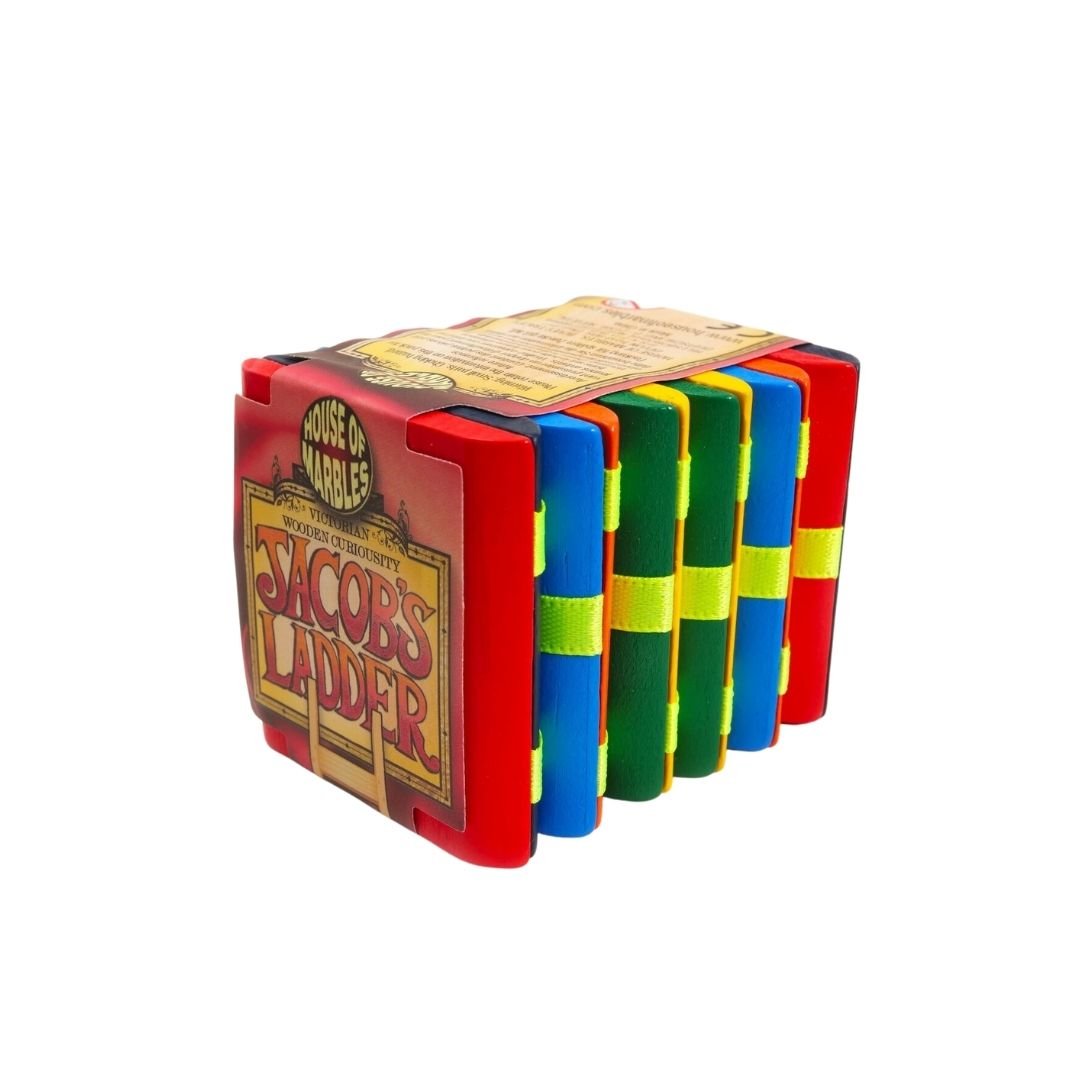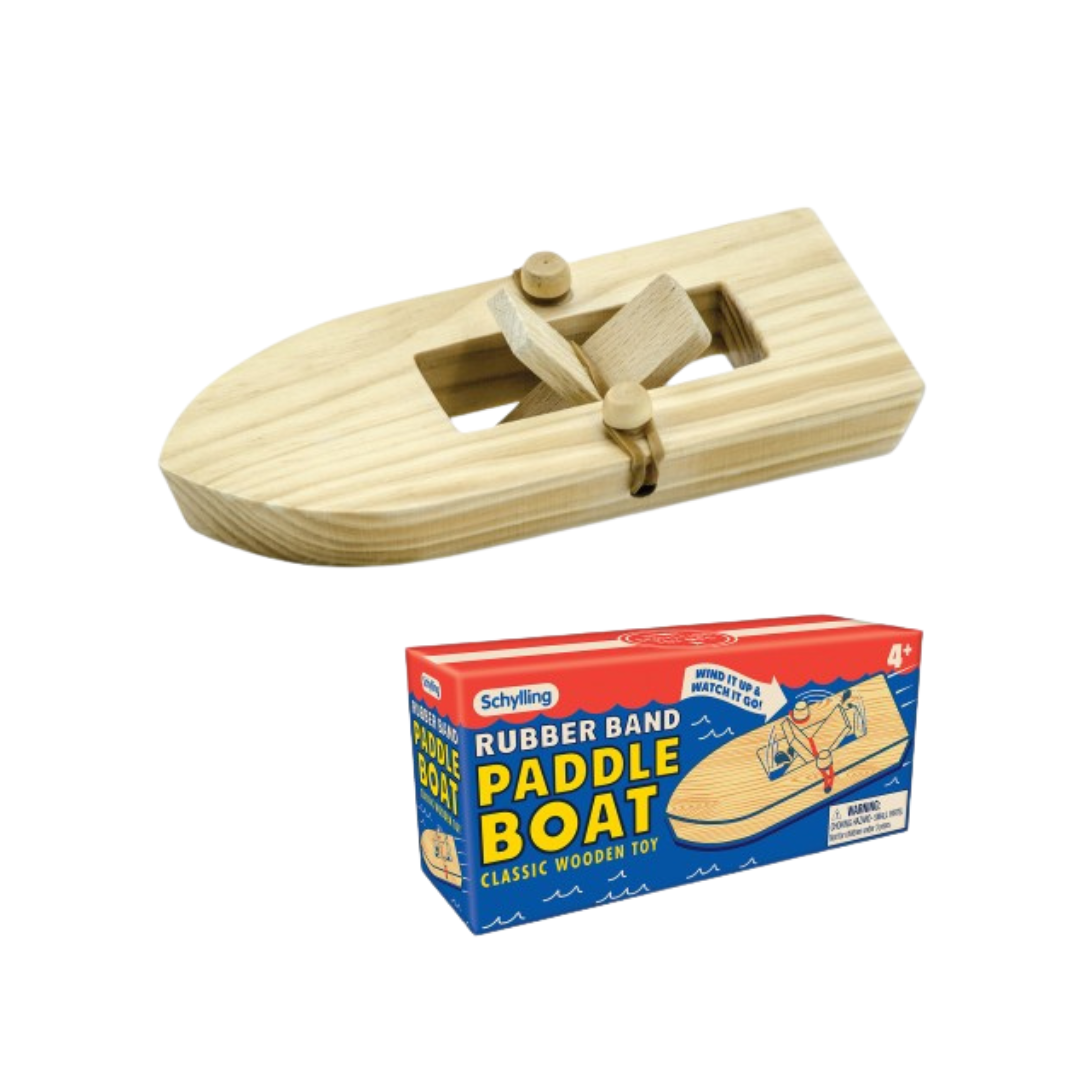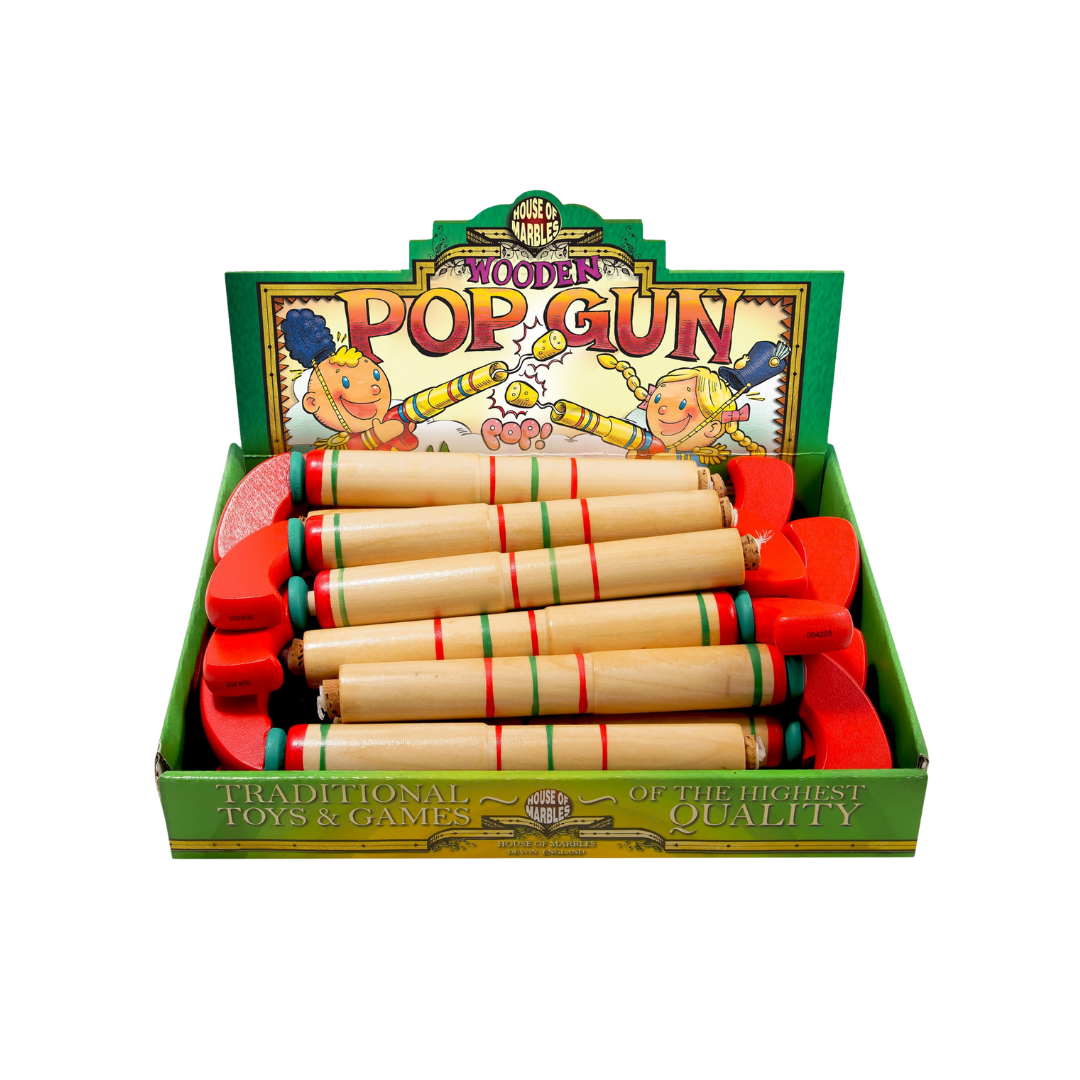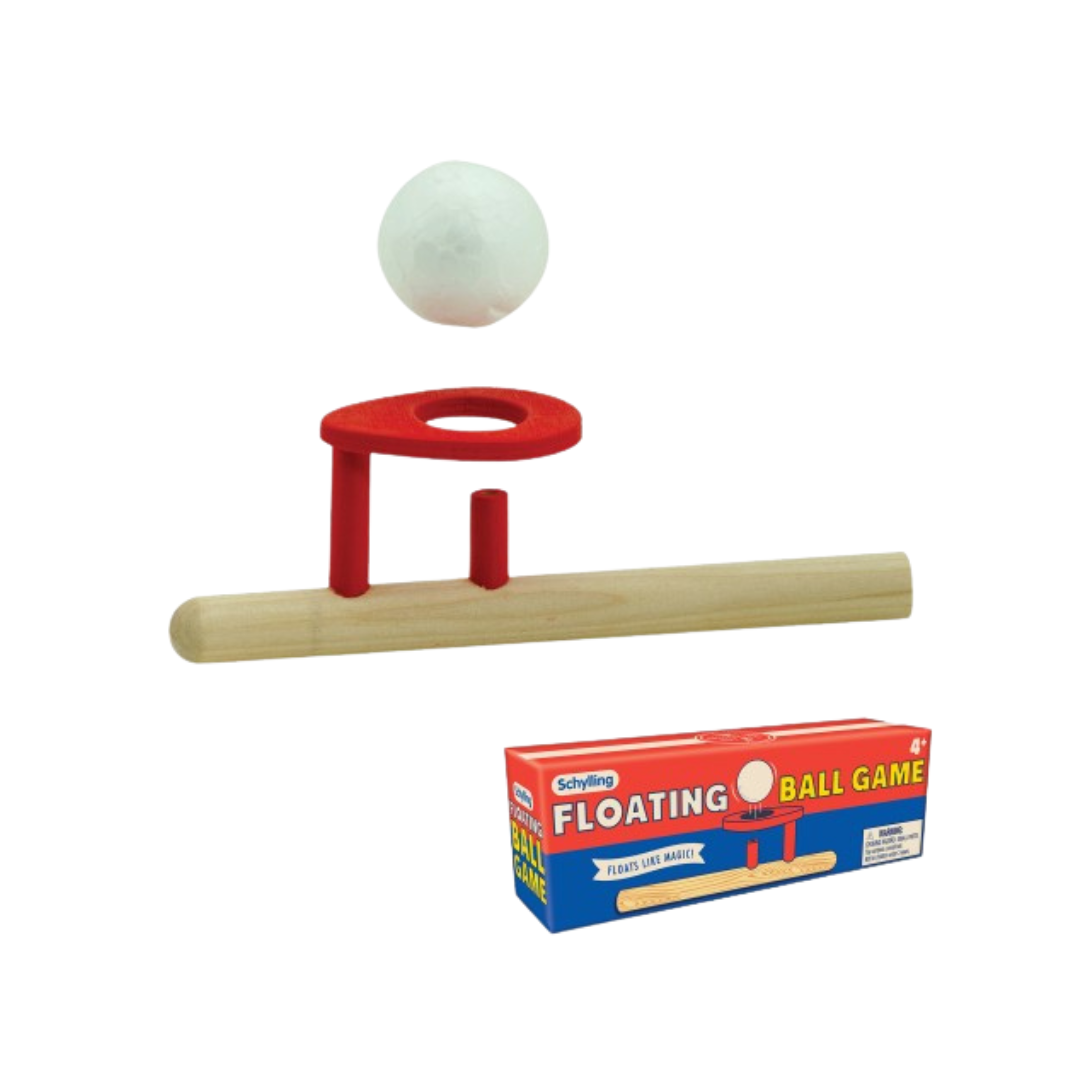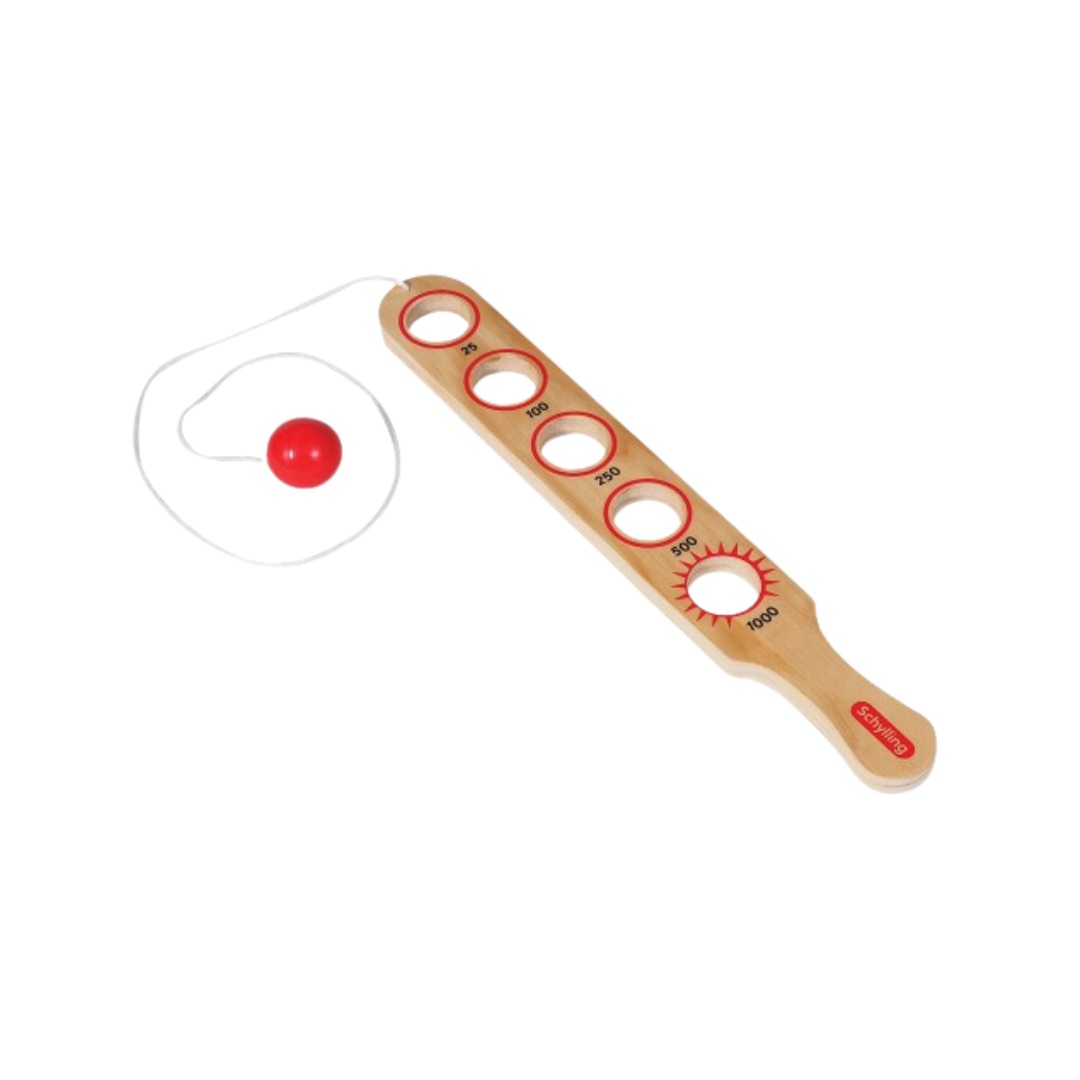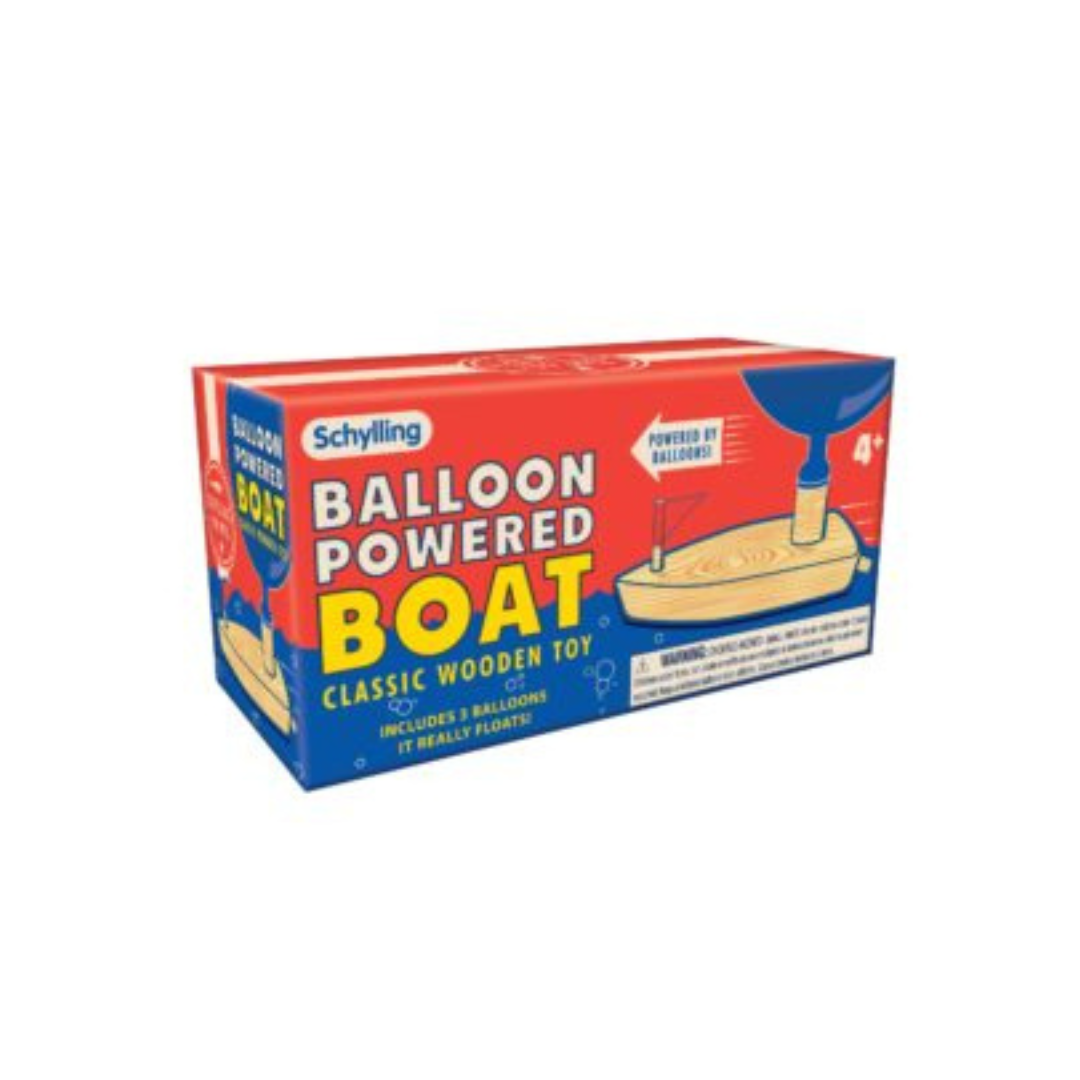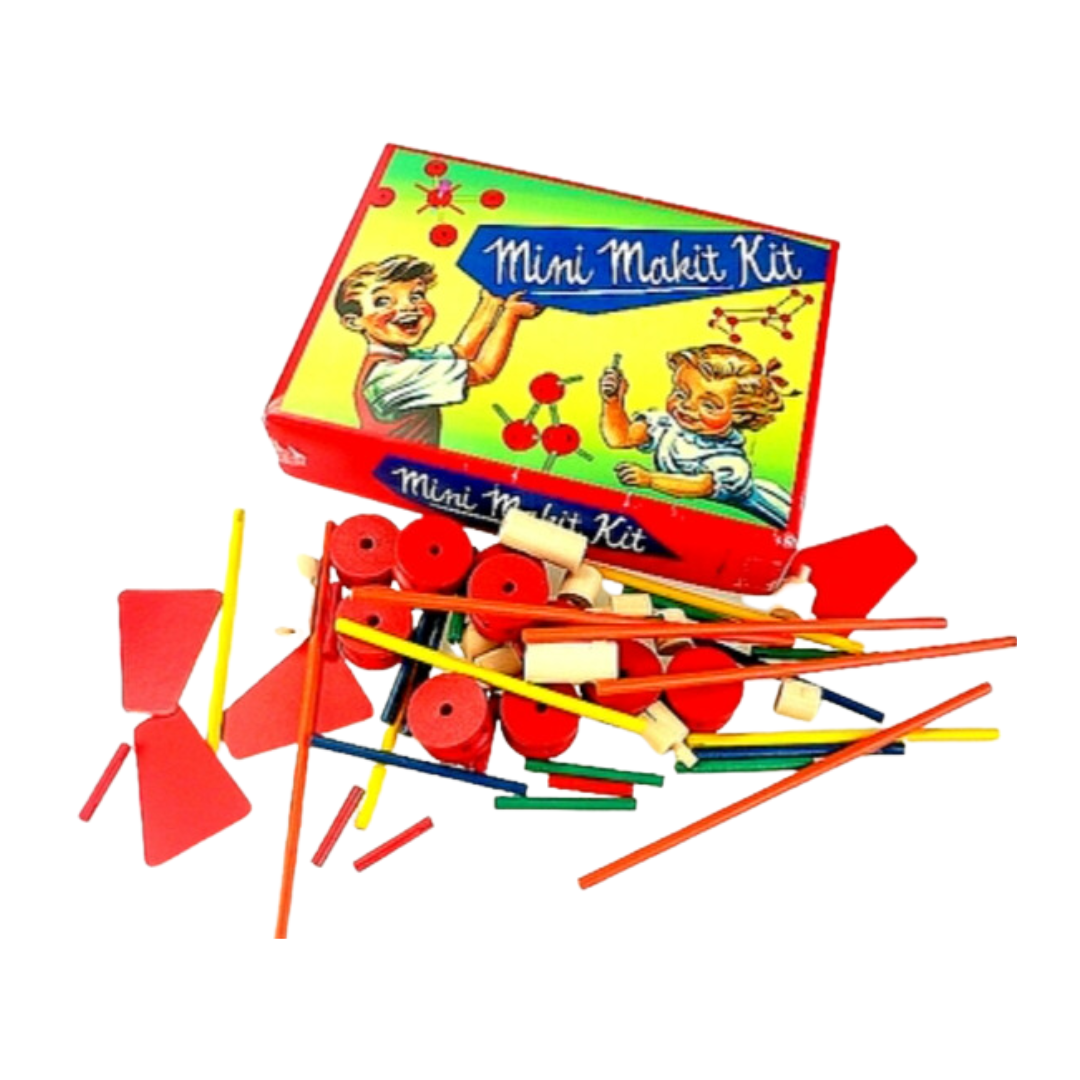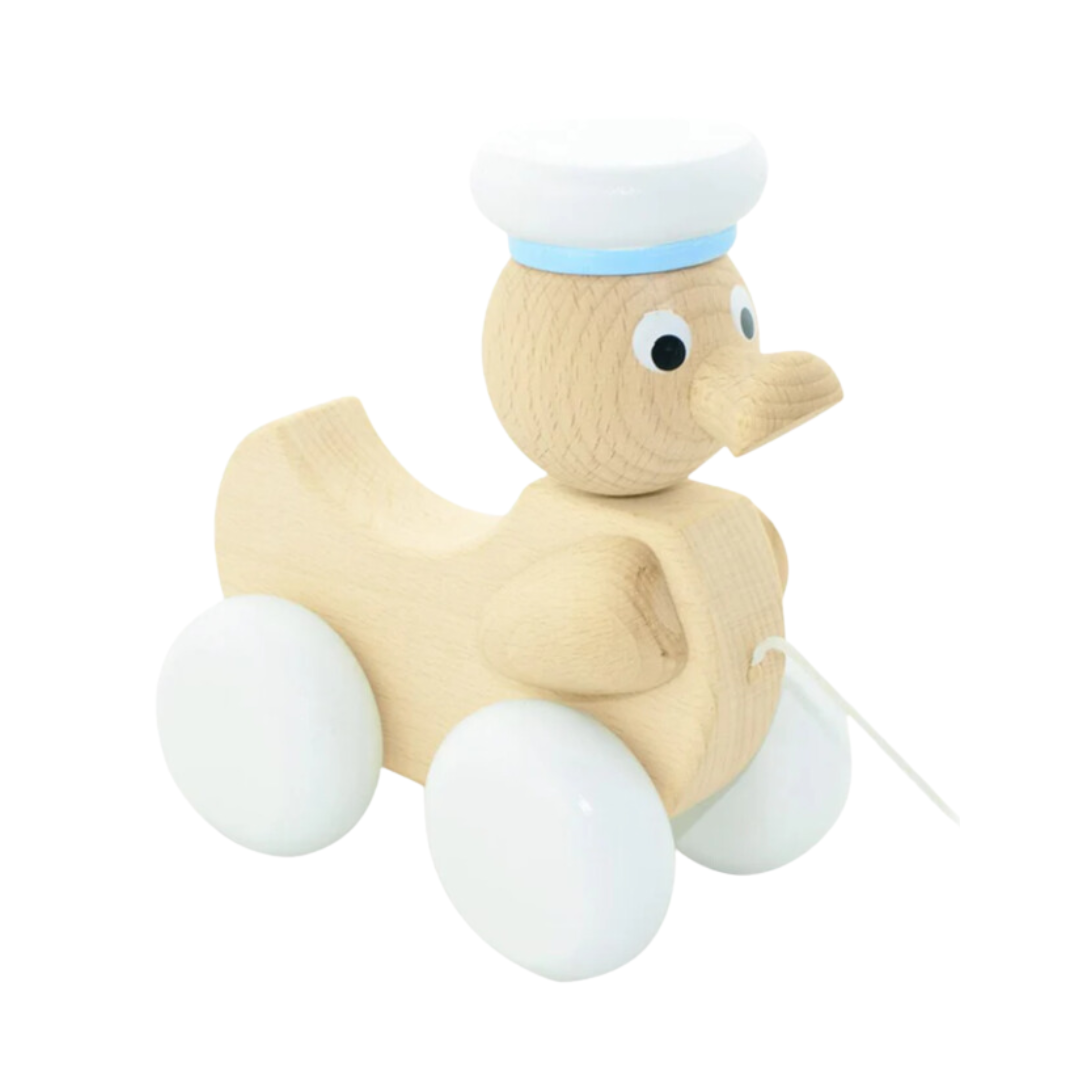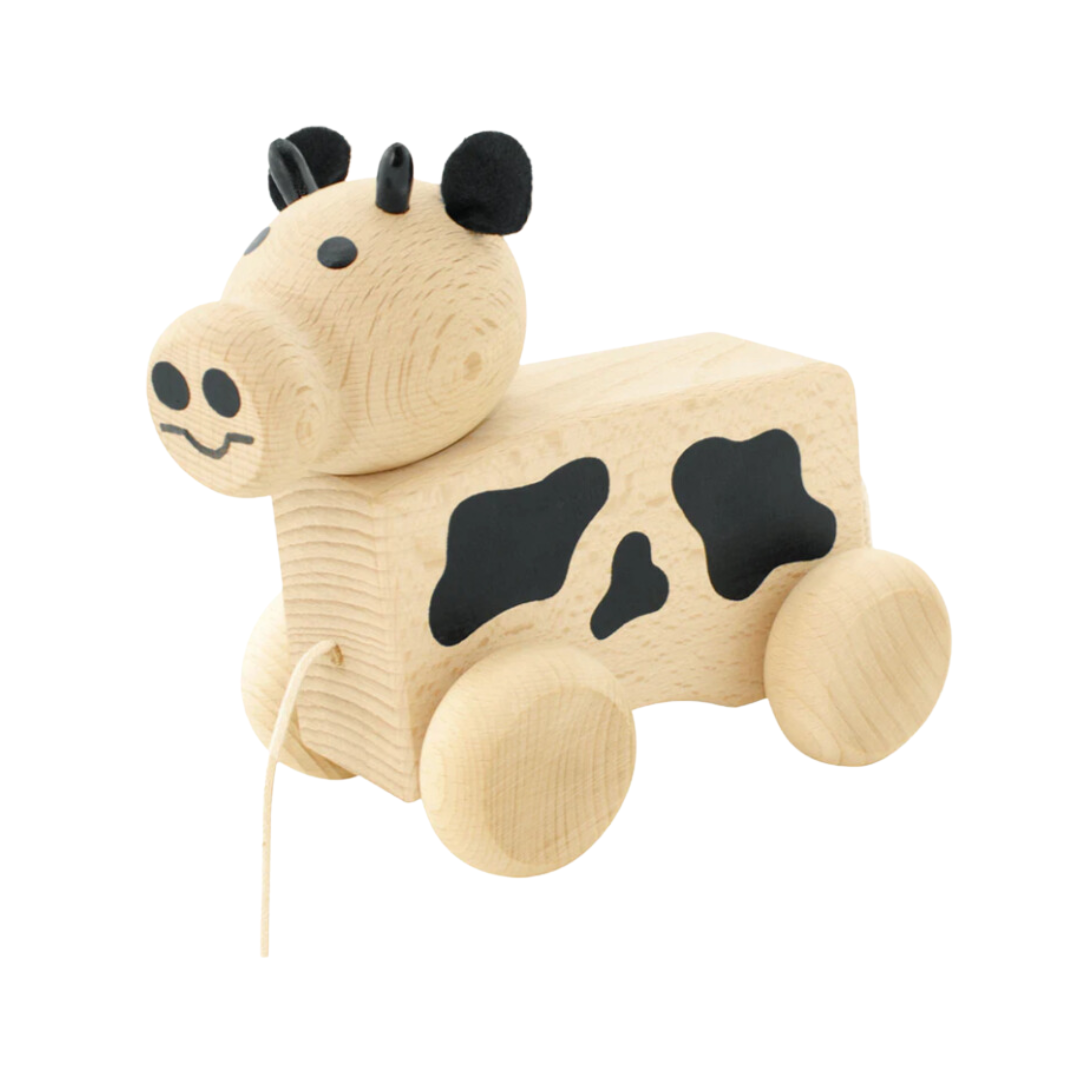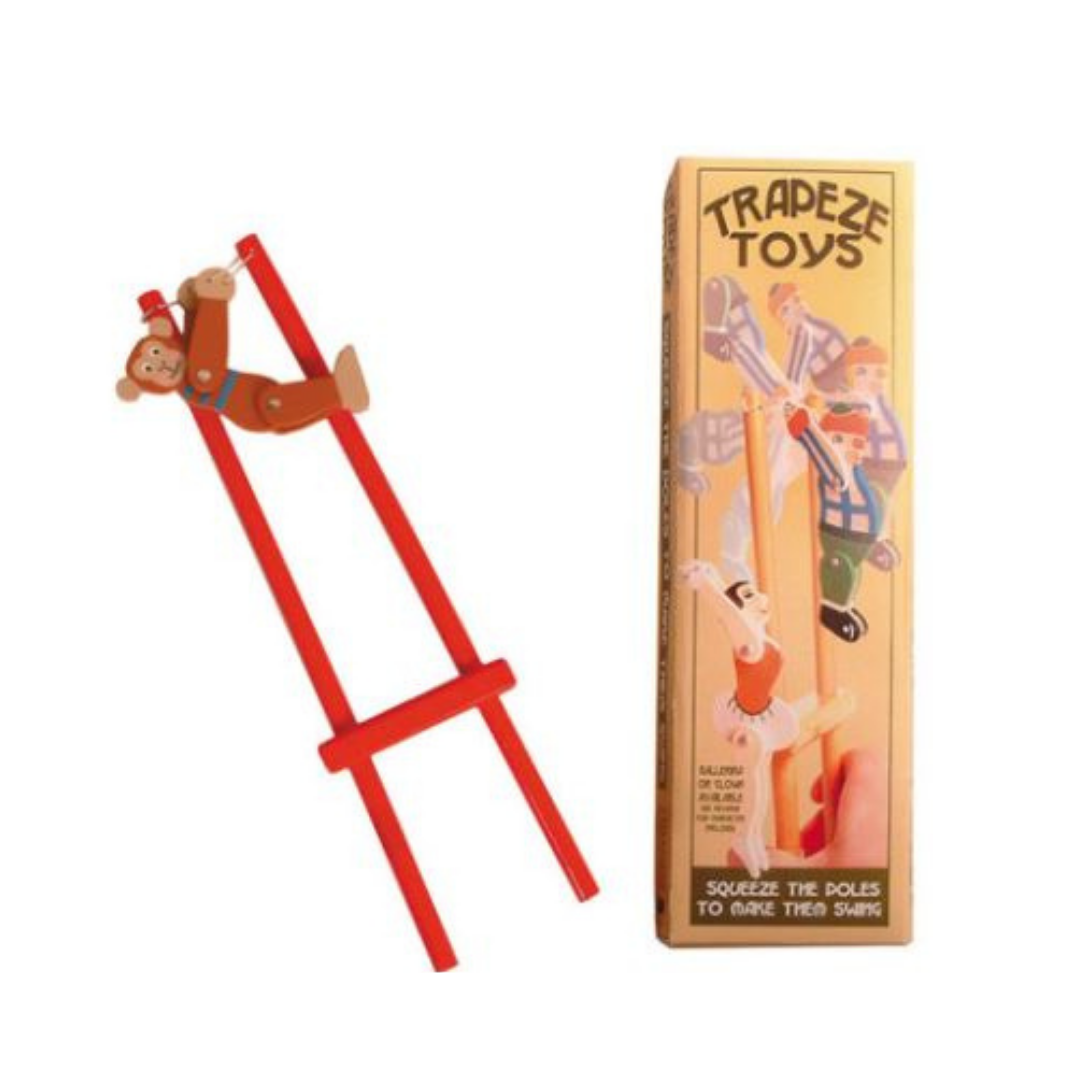Baby and Toddler Toys for Growth and Development
When choosing baby and toddler toys, it's essential to consider age-appropriateness, safety, and the developmental benefits they offer. Age-appropriate toys help babies in their early learning and development journey, and help toddlers to learn and grow, whilst keeping them entertained and engaged in meaningful play.
When choosing baby and toddler toys, it's essential to consider age-appropriateness, safety, and the developmental benefits they offer. Age-appropriate toys help babies in their early learning and development journey, and help toddlers to learn and grow, whilst keeping them entertained and engaged in meaningful play.
Baby toys play a crucial role in a child's early development, as they aid in stimulating their senses, motor skills, and cognitive abilities. These toys are designed to be safe, colourful, and engaging for babies, typically ranging from newborns up to toddlers.
Some common types of baby toys include:
Rattles: Simple and lightweight toys that make gentle sounds when shaken, helping babies develop their hand-eye coordination.
Soft Toys: Stuffed animals or plush toys provide comfort and companionship to babies while stimulating their sense of touch.
Stacking Rings and Blocks: Toys that can be stacked or nested, helping babies develop their fine motor skills and spatial awareness.
Shape Sorters: Toys that require babies to match shapes to corresponding holes, promoting problem-solving and hand-eye coordination.
Toddler toys are specifically designed to cater to the developmental needs and interests of children between the ages of 1 and 3 years. These toys help toddlers explore their world, develop essential skills, and engage in imaginative play. Some popular types of toddler toys include:
Push and Pull Toys: Toys with wheels that toddlers can push or pull, helping them develop their walking and balance skills.
Shape Sorters and Puzzles: Toys that require toddlers to match shapes or solve simple puzzles, enhancing their problem-solving abilities.
Building Blocks: Colourful and large building blocks that allow toddlers to stack, sort, and create structures, promoting creativity and fine motor skills.
Play Kitchen Sets: Miniature kitchen sets with pots, pans, and play food, encouraging imaginative role-playing and social skills.
Musical Instruments: Small musical instruments like drums, xylophones, and shakers that introduce toddlers to music and rhythm.
Stuffed Animals and Dolls: Soft and cuddly companions that provide comfort and support imaginative play.
Traditional and Classic Wooden Toys
Even though we live in a digital age full of electronic toys, there is still a big place for traditional toys in our kid’s lives. It is after all the simplest of toys that help develop children's mental and physical abilities.
Our world is ever changing, but one thing that hasn't changed over the centuries is the fact that children love to play.
Even though we live in a digital age full of electronic toys, there is still a big place for traditional toys in our kid’s lives. It is after all the simplest of toys that help develop children's mental and physical abilities.
This is especially true when it comes to traditional wooden toys. These toys may appear inferior when compared to the big, bright electronic toys, but the undeniable fact is, they bring so many educational benefits to children. For instance, traditional wooden toys can unleash the creativity and imagination of children - they have to work harder for a "reward", they need to utilise their own imagination instead of receiving instant gratification in the form of a flashing light, a movement or a sound. This helps their story telling abilities, their motor neurone skills and their social skills.
Wooden toys are highly durable and can be passed down from generation to generation, evoking precious memories. They often become family heirlooms, whereas electronic toys eventually find themselves in landfill.
Wooden toys are generally much safer compared to plastic toys, not just for the child, but also for the environment, as their manufacture does not release harmful toxins and pollutants into the atmosphere. Traditional wooden toys are great for the environment because they are all-natural and recyclable.
You can choose from a wide range of traditional wooden toys. Some of the most popular toys over the decades are highlighted below.
One of the most long standing and simplest wooden toys is a yo-yo. Yo-yos were first used in ancient Greece more than 2500 years ago. They became a real hit in the 1920s in America and are still one of the most used traditional toys. Even though they can be made from different materials, a wooden yo-yo is the best choice you can make. These toys are challenging, fun and relatively cheap - children can buy them with their own pocket money. Users can use yo-yos in a basic manner, but they can also learn a wide range of tricks. Yo- yos are a really popular toy in the playground, with generations of children holding trick competitions with each other.
Another long standing wooden toy is a pop pop gun. This toy gun was first created by Edward Lewis in the late 19th century. The simple wooden gun uses air pressure to pop a projectile that usually comes in the form of foam or cork. This gun is totally harmless, but very entertaining for children. Of course, over the years, people have created many different models, but the wooden one remains the most popular.
Both girls and boys still love playing with wooden boats. Some of these traditional wooden boats have moving parts and are built to represent real boats. They are designed in a way which allows for their use in water. Wooden boats for us conjure up beautiful images of lakeside picnics and parasols from a bygone era.
Of course, wooden boat toys are not the only type of vehicle made from wood and still used as popular toys - we have wooden trucks, wooden trains, wooden cars, wooden planes - the list goes on.
If you are looking for a great educational toy then you can’t go wrong with an abacus. An abacus is a traditional wooden toy used for basic math problems and counting. This toy and educational tool has been used since ancient times (circa 2500 B.C.) and this is how most children in the past learned how to count and do simple arithmetic.
Young children certainly love wooden pull-along toys. They have been used for decades. Most of these toys originally came in the form of a duck which produced funny noises when pulled. Today, you can find wooden pull-along toys in different forms – lions, crocodiles, cows, dogs and even dinosaurs! We're only limited by our own imaginations.
These are only some of the most popular traditional wooden toys you can still find in toy boxes and toy shops today. As you can see they are still just as popular, useful and loved by children. Wooden toys are timeless toys.


